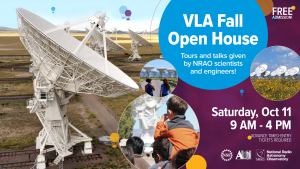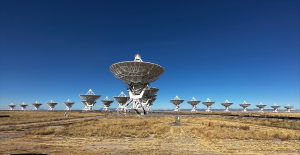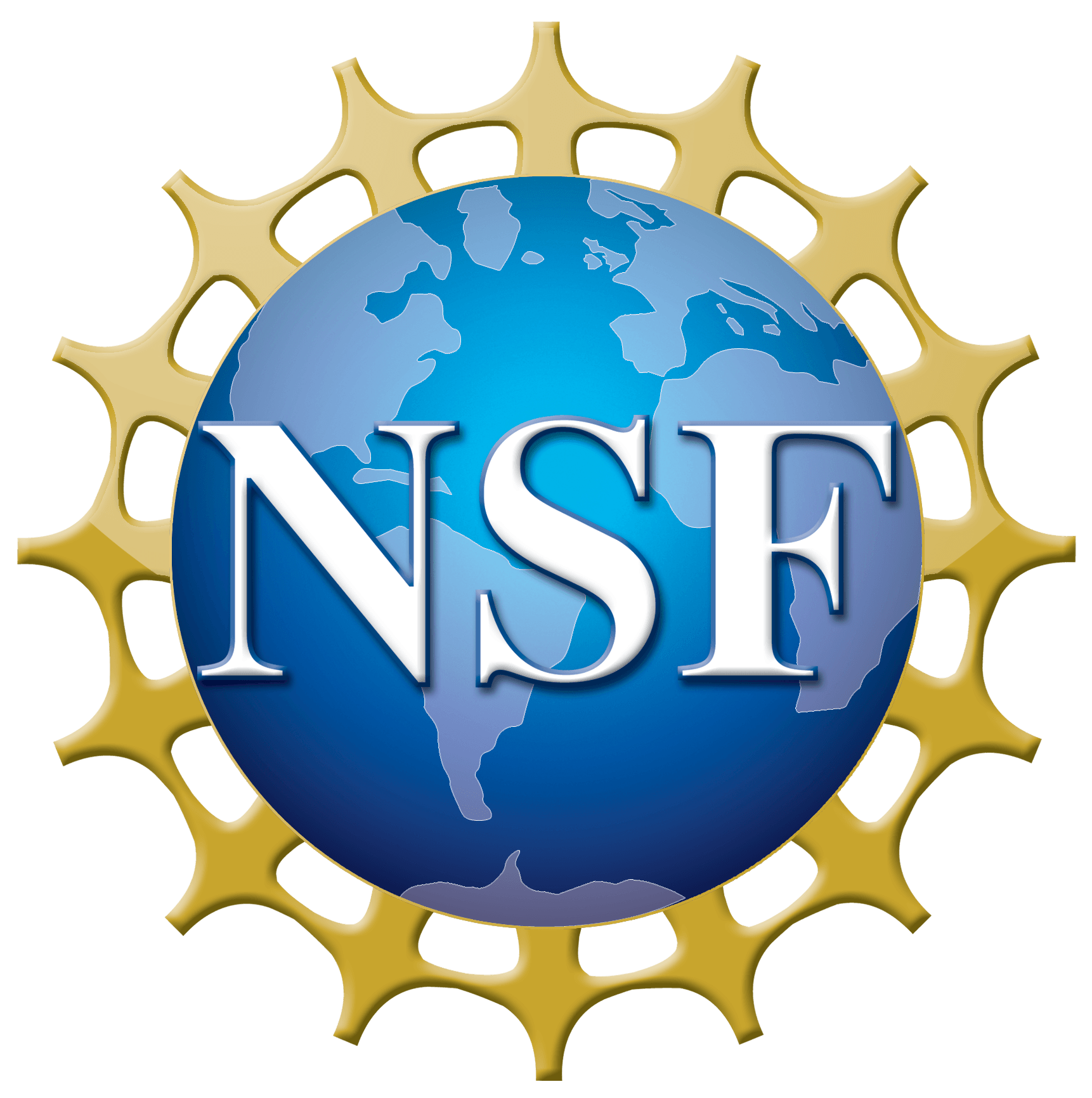The U.S. National Science Foundation National Radio Astronomy Observatory (NSF NRAO) invites the public to the U.S. National Science Foundation Very Large Array (NSF VLA) for its annual Fall Open House on Saturday, October 11, 2025, from 9:00 a.m. to 4:00 p.m. This free, family-friendly event offers a rare chance to explore one of the world’s most iconic astronomical observatories through guided tours, talks by experts, hands-on learning activities, and more.


Astronomers Catch Supermassive Black Hole in the Act of “Waking Up”
Astronomers using the U.S. National Science Foundation’s Very Long Baseline Array (NSF VLBA) and U.S. National Science Foundation’s Very Large Array (NSF VLA) have caught a supermassive black hole in the act of awakening from a long slumber, providing an unprecedented glimpse into the earliest stages of black hole activity.

Groundbreaking Magnetic Field Discovery Near Massive Protostar Made Possible by NSF NRAO’s Very Large Array
An international team, led by astronomers from the Indian Institute of Space Science and Technology (IIST) and the Indian Institute of Science (IISc), has for the first time detected circular polarization in radio emission originating from a massive protostar, IRAS 18162-2048—unveiling fresh clues about the cosmic forces shaping our universe.

National Radio Astronomy Observatory Announces Bipartisan Capital Outlay Funding for Next Generation Learning Center
The U.S. National Science Foundation National Radio Astronomy Observatory (NSF NRAO) is proud to announce a significant milestone in advancing STEAM education in rural New Mexico. This achievement is the result of dedicated advocacy by Socorro County and Associated Universities, Inc., whose efforts—combined with bipartisan support from state legislators and Governor Michelle Lujan Grisham—have secured $1.78 million in capital outlay funding for the Next Generation Learning Center at the U.S. National Science Foundation Very Large Array in Socorro County.

Unusual stellar nurseries near our galaxy’s center puzzle scientists
New research led by Dr. James De Buizer at the SETI Institute and Dr. Wanggi Lim at IPAC at Caltech revealed surprising results about the rate at which high-mass stars form in the galactic center of the Milky Way.

NASA’s Chandra and the U.S. National Science Foundation Very Large Array See Surprisingly Strong Black Hole Jet at Cosmic “Noon”
Astronomers used Chandra and the U.S. National Science Foundation Karl G. Jansky Very Large Array (NSF VLA) to study this black hole and its jet at a period they call “cosmic noon,” which occurred about three billion years after the universe began.





